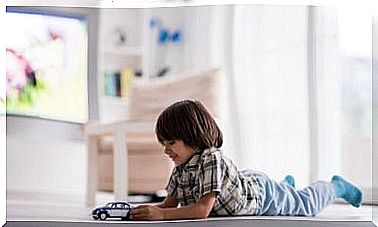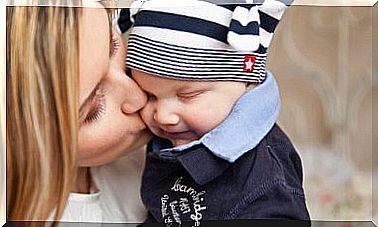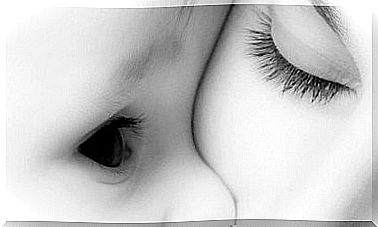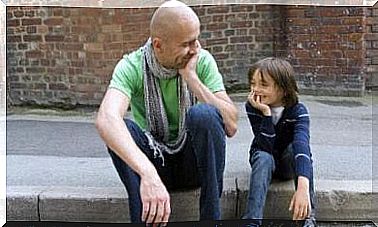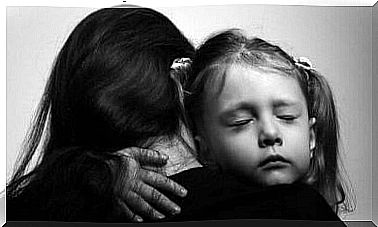What Is The Landau Reflex?
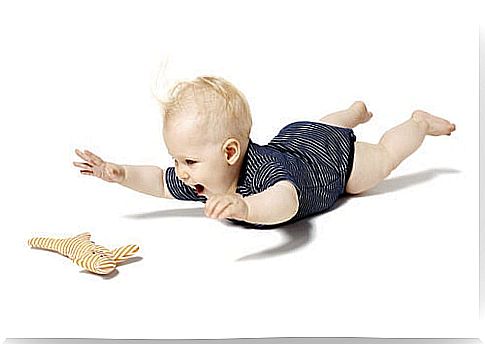
The Landau reflex is one of many that appear in the baby’s first few months. Together with other reflexes, it is an indication that the nervous system is functioning efficiently. Here we tell you what it consists of, its properties and what other reflexes are examined in the first months of life.
The Landau reflex is an involuntary response to a stimulus. Reflexes are actions of our organism. We carry them in our DNA as their main function is to enable the person to adapt to their environment.
They can be primary, that is, we are born with them, for example, yawning, sneezing or blinking. Secondary stimuli are those that we “learn” over the course of our lives.
To assess the Landau reflex, the baby is placed face down on our arms, making a right angle with our forearm. In this position, the baby should straighten their torso and raise their limbs and head.
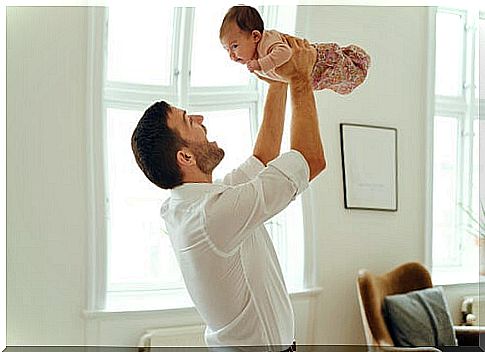
Generally, these movements are accompanied by flexing the knees and elbows. What the baby is trying to do with these actions is to counteract the effect of gravity as they raise their head to find a visual reference point.
“Reflections can be primary, that is, those with whom we are born; or secondary, that is, those we learn over time ”
Properties of the Landau reflex
- It occurs from the fourth month of life and disappears at the age of two, although many researchers believe that it no longer occurs shortly after the first year of life.
- It combines the tonic labyrinth reflex (TLR) with the tonic neck reflex and the visual.
- When the baby can make voluntary and conscious movements, this reflex begins to become less noticeable.
- It is best for a specialist to carry out the examination. There are two reasons for this: First, it will be able to better evaluate the baby’s reaction: If you are unable to control your baby’s movement, it could fall or be injured by sudden or inappropriate movements.
What can the absence of a reflex mean?
The lack of this response may indicate a motor weakness in the baby, for which it will be necessary to promote motor development accordingly. Low mental maturation can also be responsible. In these cases, it is best to take into account the measures taken by the pediatrician.
Doctors examine the presence of these reflexes very early in the babies’ lives. The evaluation is not only quantitative, but also qualitative. This means that not only the presence of a reflex is registered, but also its execution, even if it is completely involuntary.
If the expected reflex does not occur, it could be a sign of a certain type of deficiency. For example, poor mobility can be a symptom of muscle weakness. If the exercise is high, it could be a result of withdrawal symptoms. Asymmetrical movement could indicate a nerve root injury.
Other early childhood reflexes
The Landau reflex is not the only one in babies’ first months of life. Among the most important we can also mention:
- Grasping reflex : occurs when the baby closes his fist to grab your finger or a nearby object.
- Walking reflex : the baby tries to walk when his feet touch a hard surface.
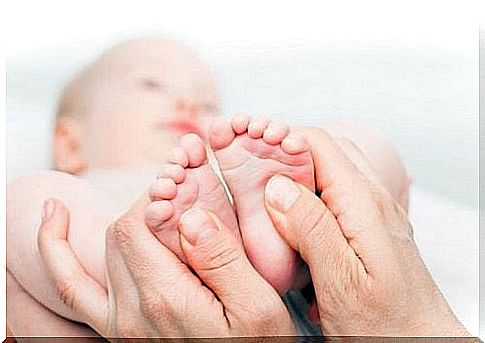
- Galant reflex or backbone reflex : You caress the baby’s skin next to the spine in the prone position. The spine is bent towards the side of the stimulus.
- Abdominal Reflex : Like the previous one, but instead stimulates the abdominal area. This should cause the trunk to flex.
- Creep reflex: we should lay the baby face down. It will try to move its legs to crawl. This reflex occurs for the first 3 months, well before the final crawl.
- Crawling reflex: occurs when the aforementioned reflex is sufficiently developed. We should place the baby on his stomach on a firm surface that will allow him to support himself. He will react immediately and put himself in a crawling position. This reflex starts around 6 or 7 months and continues until the child starts walking.

